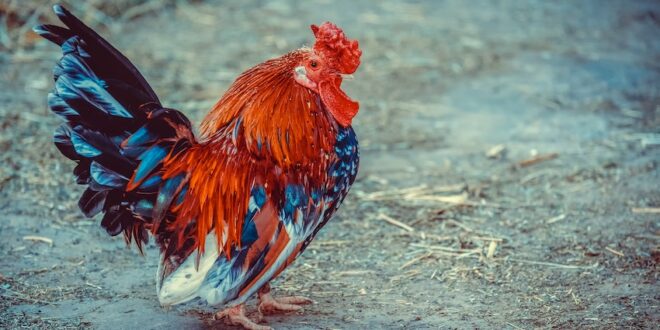For many in the 50 plus age group, bantams are the chickens of their youth. Now, these sweet little birds are growing in popularity again, both as egg layers, and as the most delightful pets!
Great company
Birds are renowned for being intelligent (it’s been said the kea is as smart as a 4 year old child!), and chickens, too, are clever animals. Moreover, they are also affectionate, and very trainable. Bantam hen owners report their free ranging birds will tap at the glass doors to the house when they want to be returned to their chicken coop to lay an egg (the door to a chicken coop should always be kept shut and secured to prevent predators, such as rats, entering). Bantam owners also say their feathered friends actively seek out human company, and some will even hop onto a lap for a pet and a cuddle!
Home sweet home
Bantam hens are about a third the size of more common domestic hens, which means housing them is less costly.
A cosy, waterproof hutch with a perch, and an attached, roomy, outdoor run, is sufficient for bantams provided they are also given plenty of time to free range. It is essential, however, a bantam run be lined with animal-proof chicken wire to prevent predatory animals such as dogs, cats, stoats and weasels finding their way into the enclosure. A hutch that is light can moved from place to place on the lawn to provide fresh grass for your bantam when it is not out and about.
Company and care
If you decide bantams are the pet for you, always opt for at least two birds so they are company for each other. You should also be prepared to purchase quality chicken feed (feeding bread scraps can soften bones and give rise to poor health). Any chicken is susceptible to poultry mites and lice, regardless of its breed, and it’s important to be vigilant in checking for these blood-sucking pests (which can also set up home on human skin!). Poultry mites, especially, attack in the night, and the first sign of infestation is dirty, ragged feathers (especially around the bantam’s rear end), bald spots, a pale comb and (often) a reduction in egg-laying. When using over-the-counter treatments, be sure to read instructions carefully as bantams really are a lot smaller than the average hen, and you may need to reduce the amount of treatment you administer. It’s also very important you treat you bantams’ hutch and run, and any areas where they might enjoy dust bathing.
How often do bantams lay eggs?
Commercial hens, such as Red Shavers, tend to lay with very little in the way of a break between cycles. A bantam, however, is not bred for this sort of behaviour. Some bantams lay 200 eggs a year, and others will lay just 50 eggs a year or fewer. They will often lay a clutch of eggs, and then stop as they go ‘broody’ and attempt to hatch the eggs (whether or not they are fertile). They will also stop laying when they moult (lose and renew feathers). If you want a chicken for a pet – a bantam is a lovely option. If you are more concerned with egg production, choose a commercial breed.
Pekins are perfect!
Few bantams are more loveable than the Pekin. They come in a range of gorgeous colours, and their feet are cutely trimmed in feathers. They are friendly, quiet, and up for a cuddle – and what more could you want from a pet!









Join the Discussion
Type out your comment here:
You must be logged in to post a comment.